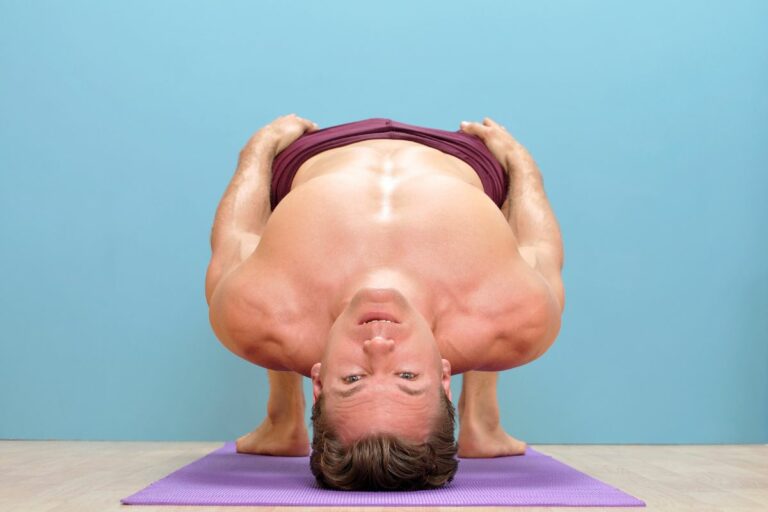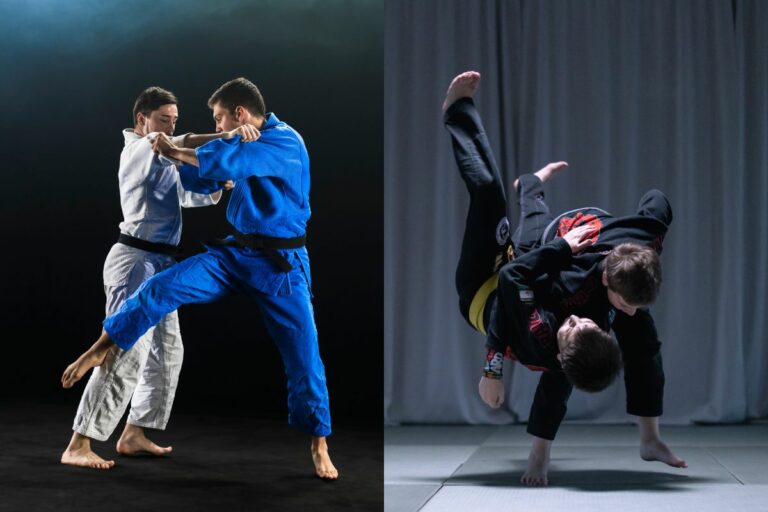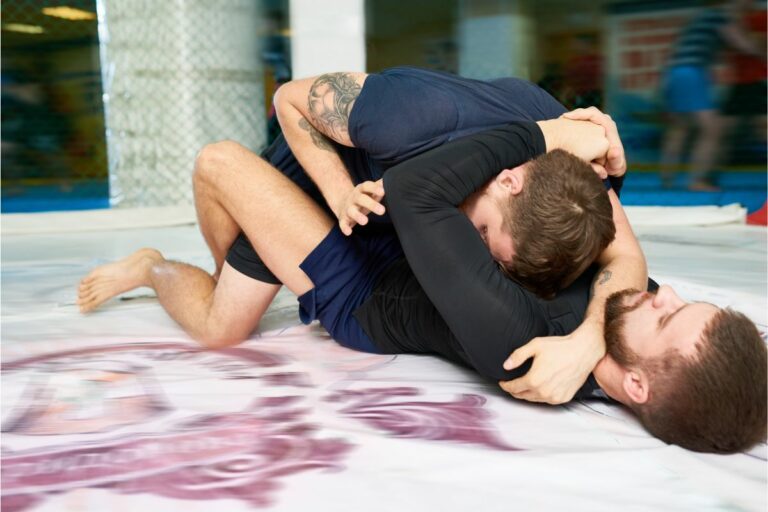Top 5 BJJ Guard Pass Positions You Need To Know
Brazilian Jiu Jitsu is a ground centered sport.
Most of the combat will be performed through rolls, grapples and movement over the ground with the ultimate aim being for one combatant to completely restrict the movement of another fighter and force them into submission.
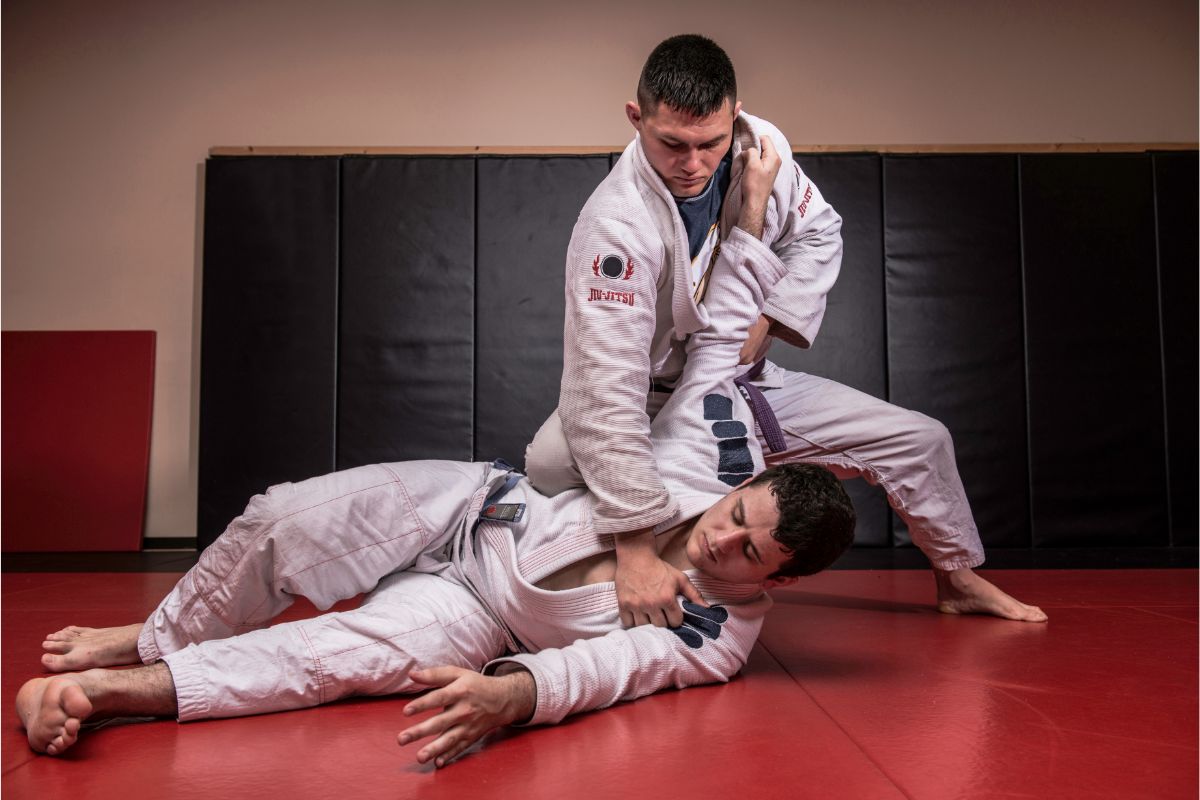
Learning the ins and outs of different grappling techniques is crucial for anyone wanting to become experienced at BJJ, however guarding is just as important for not only protecting yourself, but also to move around your opponent easier and flip the momentum of the match once you’re in a dominant position.
Slipping past these guards and getting a new grip on your opponent is a technique that most BJJ users should become accustomed with so they can learn ways to avoid and negate their opponents’ defense.
There is not one particular guard pass that will break through all defenses, so having knowledge of at least a few when you’re first starting out is very important if you want to stand a chance on the ground and know the best ways to move around your opponent and win that submission.
To make this easier to learn, below we have gone through exactly what a guard pass is in BJJ, why it’s important and the top 5 most crucial guard pass techniques that will help you practice.
What Is A Guard Pass In BJJ?
While guarding is incredibly important in BJJ, slipping past a guard and rotating into different positions is an effective way to maneuver around an opponent.
However, while they can seem daunting, it is well worth it for every combatant to stick with learning guard passes as they become extremely crucial to get you out of tight situations in the future.
It is also a great way to gain experience of balancing guarding and grappling techniques and quickly switching between the two which is a vital part of BJJ.
Because the sport is entirely about maintaining movement and not being locked into submission, there are an array of guards that combatants will use to resist any grabs or locks.
The closed guard is the most common however this could also be a butterfly guard, half guard, de la riva guard and many more.
With a long list of guards there are also many guard passes, however rather than learning the details of each and every one we have compiled 5 of the common and efficient guard passes that will teach you how to slip past an opponent on the ground when they have their defenses up.
Leg Drag Pass
The leg drag pass is a common guard pass used by both experienced and beginner combatants and can be deployed in a number of guarding situations.
The aim of the leg drag pass is to take your opponent’s leg and drag it across your hip rendering them immobile.
While the one leg is across the combatants hip, the other will be pinned by the combatants other leg where you want to maintain a good amount of downward pressure to ensure the opponent cannot escape.
The aim for this pass is to end up with your hips behind the opponent’s knee that is being raised, with their bottom leg always being beneath your shin to put you in a dominant position on the ground.
Over Under Pass
The over under pass is a very common technique used in both Gi and non Gi. It requires quite a bit of strength so is often used frequently by heavier fighters, however it can still be achieved by anyone with enough determination.
This pass will work to kill your opponent’s hips by coming over and under each leg with your arms. You then face your shoulder towards the opponent’s belly to pin him to the floor, and always have your head glued to the opponent’s hip.
As long as you make sure to keep your head near the hips and your elbows tight to your body, your opponent will be powerless to prevent your shoulder driving into their diaphragm.
This guard pass is very popular in BJJ competitions and is excellent for fighters who may be a bit bigger and can’t run around their opponent as much.
Stack Pass
One of the most common passes in BJJ that you will definitely have seen in action before, the stack pass is very versatile because it can be entered from several positions including closed, open and half, making it suitable for nearly all situations and well worth getting to grips with.
Stack passing is a form of pressure passing and involves driving an opponent’s knee towards his face in order to produce a massive amount of pressure to his upper body.
The combatant then spins his hips slightly to eliminate the opponent’s defenses entirely and end up in the side control position.
A key part of mastering the stack pass is always directing your ear towards your opponents hip, this will complete the guard pass and ensures your opponent won’t be able to make any swift counters with the use of their legs.
The Toreando Pass
Derived from bullfighting due to its similarities to the motion made by matadors, the toreando pass is one of the most simple and effective guard passes in BJJ.
This pass is most useful when passing someone’s guard seems near impossible, and you don’t want to try getting through someone’s legs which will take a huge amount of energy and could put you in an exposed position.
To pull off this guard pass, stand above your opponent in their open guard and grab their knee to give you a firm control point that is close to the body and easy to control.
You can then use this grip to lift your opponents tailbone slightly off the mat and proceed to twist to collapse your opponents legs away from you.
Their legs will then be open and in a position where you can move around them rather than having to cut through, saving the combatant a huge amount of energy and an easy opportunity to drop into side control and continue with different submission techniques.
Double Under Pass
An easy to pull off pass that will place your opponent in a very uncomfortable position, the double under pass gives you entire control if pulled off correctly and is created for immobilizing an opponent and ensuring they lack the maneuverability to be able to move around and grab you themselves.
It also puts you in a perfect position to continue hunting for the submission.
You will want to start by placing both of your forearms underneath your opponents legs, and eventually get your shoulders underneath as well.
Keep your hands clasped on the front of your opponents hips, you will be aiming to get the back of their knees at your shoulder level so you have restricted their movement entirely.
The opponent will be stacked on their shoulders, allowing the first combatant to be in a dominant position and choose their next call.
Frequently Asked Questions
What Are The Hardest Guards To Pass?
With enough practice and experience a combatant can get through most guards, however at top levels many fighters will have guards that can seem unbreakable.
Keenan Cornelius and Paul Miyao are two current fighters who possess excellent guard retention using a variety of high level guards.
The rubber guard is one example of a guard high level combatants use that is near impossible to break down.
It involves clenching your opponent and keeping them guessing as to how you are trying to attack them, while also maintaining a good amount of control in order to completely break down your opponent.
There are other guards that can be hard to break down and pass such as a full guard which can take quite a bit of energy to maneuver around, however with enough practice and knowledge of what passes work on what guards, guard passing soon becomes second nature to any combatant.
Summary
Guard passing is one of the most important elements of the ground game and it’s therefore vital to familiarize yourself with them so that you can throw them out quickly depending on the guard in your particular situation.
With so many to keep track of this can seem daunting, however to mitigate this problem and make training easier and more fun it’s best to learn a few passes as you go.
Finding methods of swiping past guards you often struggle with breaking down is a perfect way to both get better at guard passing, and enhancing your own defenses.


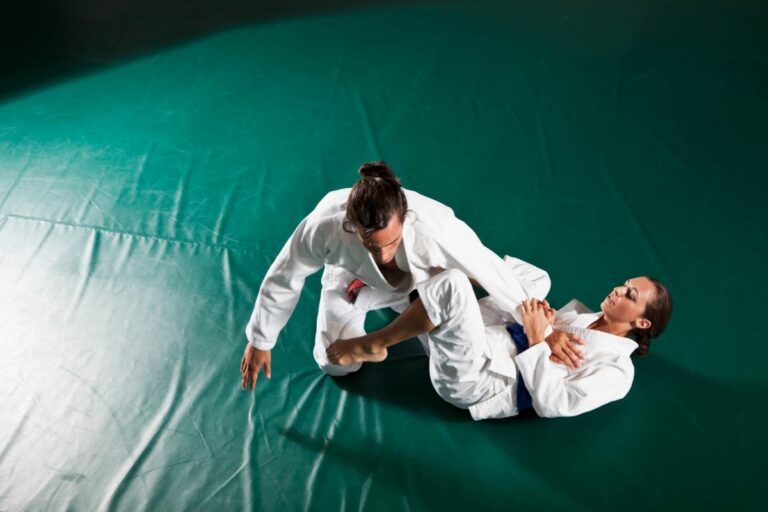
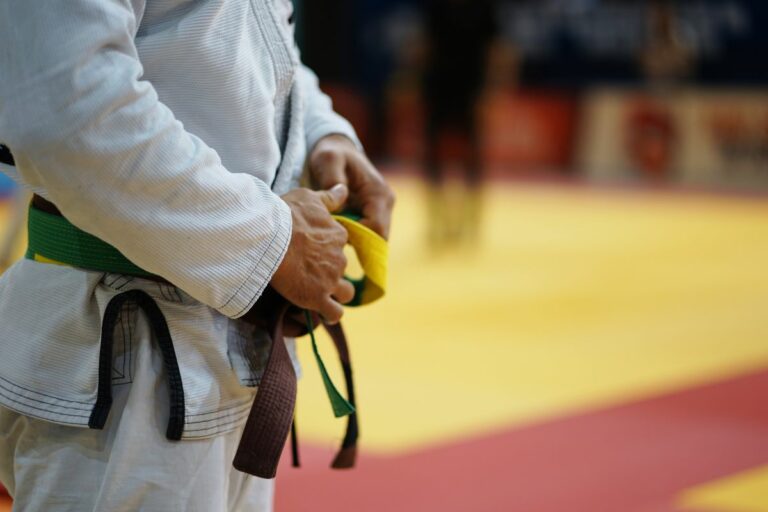
![[EXPLAINED] What Is Jiu-Jitsu? | The Best Martial Art](https://mmaboxx.com/wp-content/uploads/2022/06/EXPLAINED-What-Is-Jiu-Jitsu-768x512.jpg)
